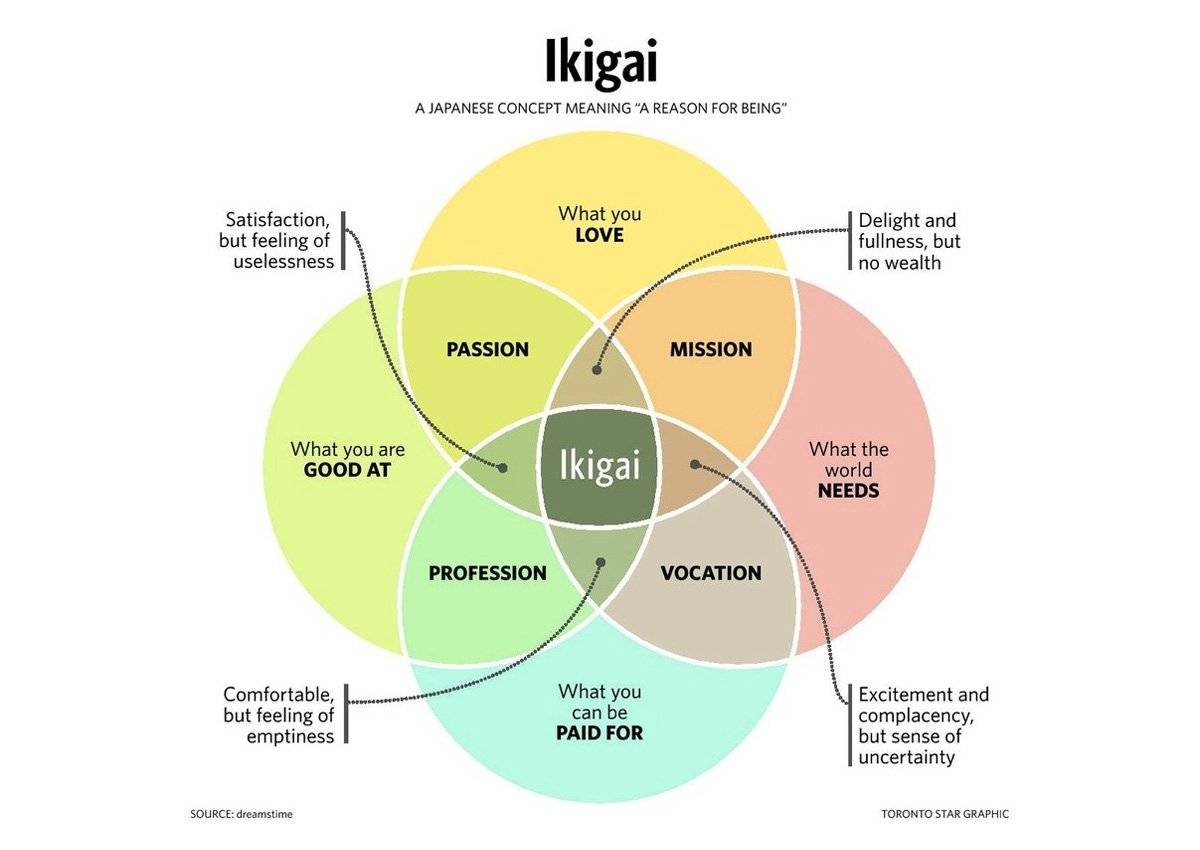Who’s really safe though?
Safe place posters are designed as a visual reminder to promote acceptance in our community.
August 25, 2023
As Mid-Pacific lines its walls with safe space posters, the blurb below begs the question of whether or not those words currently hold true.
For a segment of the Mid-Pacific community, students feel as though the campus is not safe. Despite the limited occurrences of physical harm, queer students often experience a lack of affirmation from their peers.
Junior Maya Copeland shared their feelings about incidents that happen on campus.
“It’s not like a specific event, but I do notice the looks that people give me and the way people change when they talk to me. To me, it seems like discomfort,” Copeland said.
A good way to challenge discomfort is to accept that feeling and educate yourself and others on why we may feel that way.
In fact, Middle and High School Principal Dr. Dwayne Priester thinks that being uncomfortable is a good thing.
“I’m not uncomfortable talking about it, because the more I talk about it, the more educated you get about it,” Priester said in a conference about racism.
Though Priester directly mentions racism, he has been on record saying homophobia is an issue that needs to be addressed.
“We need to create classroom environments where dialogues about race can happen,” he said.
President of Student Life Rebecca Hodge is planning to design Chapel in ways to allow these dialogues to bloom. Hodge will use multiple Chapels to educate students on issues of racism and homophobia in an effort to kick up the conversation.
“I think starting conversations gives students the idea to second guess what they’re saying. It’s not going to change the world, but it’s a step in the right direction,” said Hodge.
Teachers shared that part of the difficulty in taking that first step is that they feel unequipped to handle these topics when they arise.
“A lot of teachers don’t have the language to deal with issues of racism and inclusivity,” Hodge said.
Hodge adds that teachers have expressed concerns about overstepping their boundaries. Some feel as if they can’t intervene and infringe upon students’ personal beliefs.
“They [teachers] say ‘I don’t want to impose’, but they need to,” Hodge said.
Hodge suggests teachers should speak up when they witness harassment. Research by UCLA found that queer people are nine times more likely than their heterosexual counterparts to be victims of violent hate crimes.
Mid-Pacific can’t ignore these statistics. Affected students won’t feel safe showing up to the classroom, even when they are included in the curriculum.
The question of when it will be enough is often begged.
Hawaiian teacher Shaun Kamakea-Young said there’s no such thing as “enough” queer curriculum.
Queer voices should be uplifted and equated to those of the “norm” firstly in order to repel homophobia.
“It’s like that Supreme Court quote by Ruth Bater Ginsberg, there will be enough women on the Supreme Court when they’re all women,” said Kamakea-Young.








